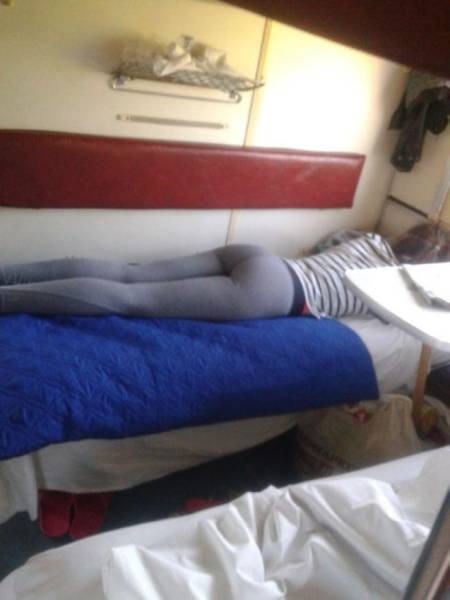

When she was called to task for it, she lied, but the bosses then interviewed the lookout, who cracked under the pressure, which led to Stutz getting fired. Before long, word of its existence got to the higher-ups. For now she’d gotten away with it, but she was so proud of the picture that she began to share it around the office. The story, which appeared in journalist Bob Greene’s nationally syndicated column on Febru, goes something like this: Jodi Stutz was a 21-year-old secretary who loved to photocopy her face in the office, but one day, after hours, she recruited another secretary to stand watch while she went into the Xerox room, pulled her pants down and copied her bare butt. until she got fired for photocopying her ass. That is, she was a secretary at Deere & Co. farm machinery company in Moline, Illinois. Instead, the first official ass copier on record was a woman named Jodi Stutz, who in 1980 was a secretary at the Deere & Co. The single most important name in ass-copying history, though, isn’t Al Bundy, Bart Simpson or even Beavis and Butthead, although all of them would play an important role in its popularity later on. The art of xerography would continue on for decades, and in 1992, it would reach what many would consider to be its xenith, with the short film Choreography for Copy Machine, which featured plenty of photocopied body parts, including breasts and dicks. It was also during this trip that his companion, fellow artist Brigid Berlin, photocopied her breasts.

Though he was warned that the bulb was hot, Warhol didn’t hesitate to lay his face against the bed, creating a self-portrait that would later be a valuable work of art. While he was far from the first artist to experiment with a copier, when he was at the School of Visual Arts supply store in 1969, he asked the store’s owner if he could play around with the copier. In fact, Andy Warhol may be able to lay some claim to this history. It’s also possible that an artist experimenting with the new artform of xerography was the first to make an ass copy, as they were copying other body parts like hands and faces very early on. It may also have been done by the last guy in the office at one of the early businesses that leased copiers, but since the Xerox 914 was an immediate success, leasing over 10,000 units by 1961, it’s impossible to guess where this may have happened first.

Some early contenders for that first cheek copy could be the inventor of the photocopy, Chester Carlton, or the guys at Xerox who developed its first commercial counterpart.

The Xerox 914 was a gigantic device weighing 650 pounds - the flatbed scanner on its top would have been more than easy to climb onto, so it’s hard to imagine that no one would sit on it for more than 20 years, just like it’s hard to imagine that those cavemen who discovered fire didn’t soon start lighting their farts. More than likely it was the latter scenario, since no single name can be decisively linked to this action before 1980, while the first modern commercial copying machine appeared in 1959. Or it could have originated like the discovery of fire, where no single human can lay claim to it, but instead, was discovered multiple times in different parts of the world. Unfortunately, we don’t know definitively who the first person to photocopy their posterior was, but it had to have originated one of two ways: It could be that there was a sole genius progenitor who first pressed his bare bum against the glass, and from there, this monumental breakthrough spread from place to place, much like Victor Fleming’s discovery of penicillin. Also, though he personally denies this, he may be one of the first people in history to photocopy his ass (more on this later). Having been a Peabody Award–winning journalist and a war correspondent during the Vietnam War, Ron Nessen would become the 13th press secretary of our country, from 1974 to 1977.


 0 kommentar(er)
0 kommentar(er)
